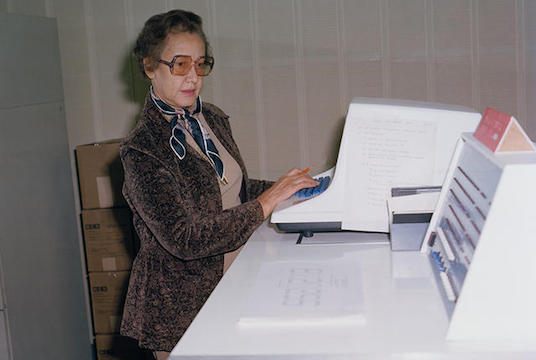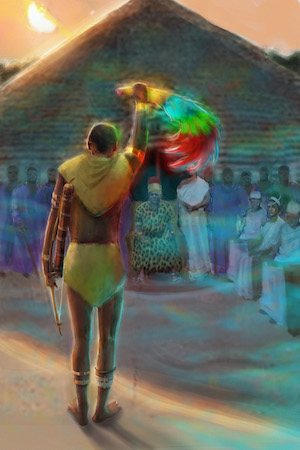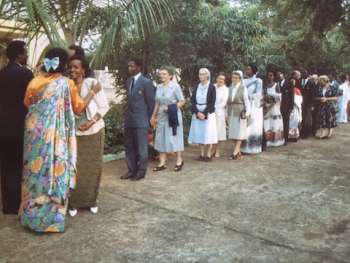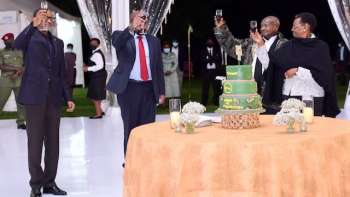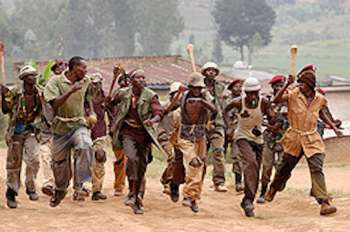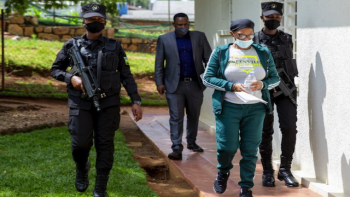Katherine Coleman Goble Johnson is known as the NASA mathematician, physicist, and scientist who used her math genius to guide to and land Apollo 11 on the moon and bring it back to earth. As NASA chief Charles Bolden, in a Vanity Fair Magazine article, recently put it, Katherine "advanced Human Rights with a slide rule and a pencil", and the "frontier of human achievement at the same time."
Yet, at the time of her birth, on August 26, 1918, the odds of reaching such a human achievement were remote at the best, if not impossible. It was the time when women were not encouraged to pursue high degrees or math and sciences. Moreover, Katherine Johnson was a Black woman, born in a segregated America. Hence,
the odds stuck against her were almost impossible to overcome. According to Katherine, her dad had taught her early on in life that she was as "good as anybody in [the] town" but always to remember that she was "no better." She had to work hard to deserve what she wanted to achieve.
She followed her dad's lesson. After graduating from high school at 14, she enrolled in college and graduated from West Virginia State University at 18, when Blacks were not given opportunities to go beyond 8th grade, let alone to college. She excelled in mathematics and perfected Geometry.
Upon graduation, she taught math in High School in rural Virginia until she joined NASA Langley Research Center as part of a group of women known as "human computers", tasked with checking and validating calculations made by then advanced computers, but now considered as rudimentary.
Among the "human computers" were also two other African-American women: the mathematician and computer scientist Dorothy Vaughan and the mathematician and aerospace engineer Mary Jackson. For the Apollo 11 mission, Katherine Johnson was given the critical role of calculating orbital trajectories and flight times relative to the position of the moon and to validate computer estimates. Her motto has been that "In mathematics your are either right or you are wrong." She was right and her manual calculations matched those from the computers.
NASA, Apollo 11 crew, the American people, and the World saw the humanity's achievement of landing on moon and coming back. What most did not know, and perhaps better at the time given the perception of Black and Women by the society, was that the mission depended on the calculations by a Black, African-American woman, Katherine Johnson.
On November 24, 2015, Katherine Johnson, then 97, the Black woman who propelled Human Rights and Humanity, thanks to her abilities and math genius, right as math can be, received the Presidential Freedom medal from President Barack Obama, the first African-American president. On May 5, 2016, at Langley Research Center in Hampton, Virginia, a research center, rightly named Katherine G. Johnson Computational Research Facility was dedicated to her.
She sang in a church choir for 50 years and has great-grandchildren. She is featured in an upcoming biographical drama film, Hidden Figures, in which stars Empire's Cookie, Taraji P. Henson.



